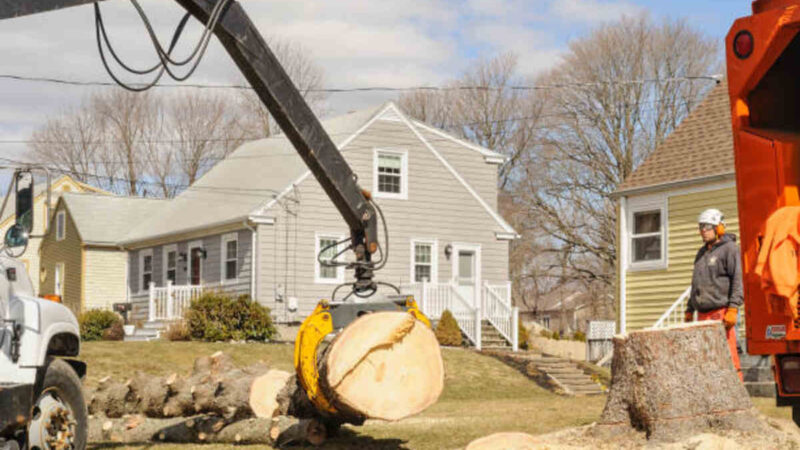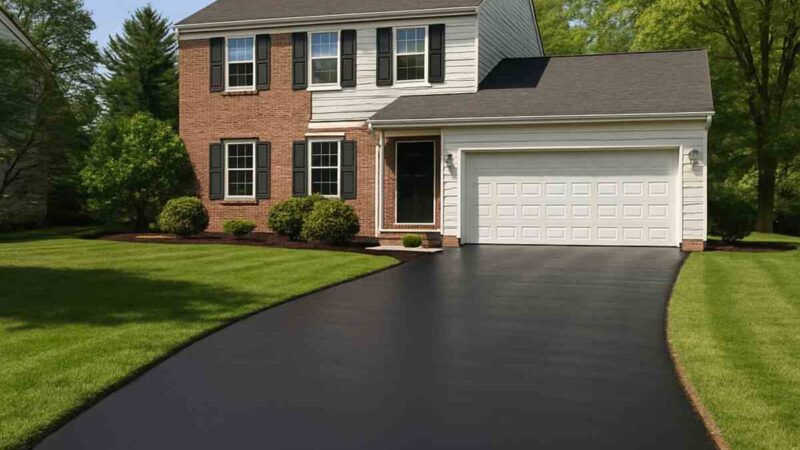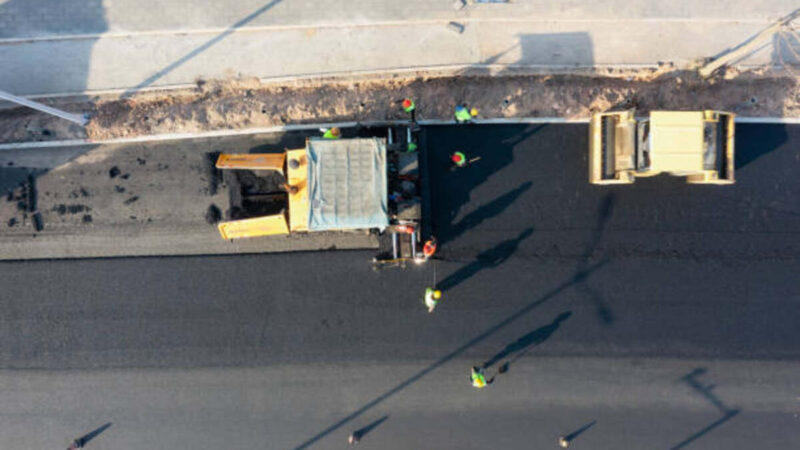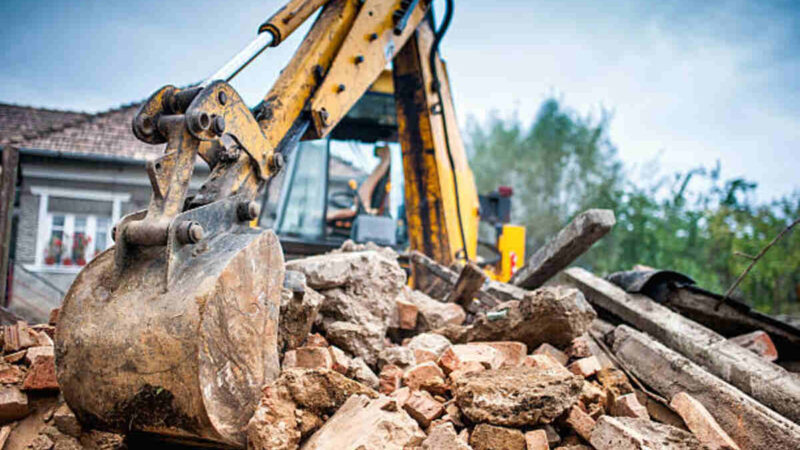Eco-Friendly Demolition Practices in Corpus Christi
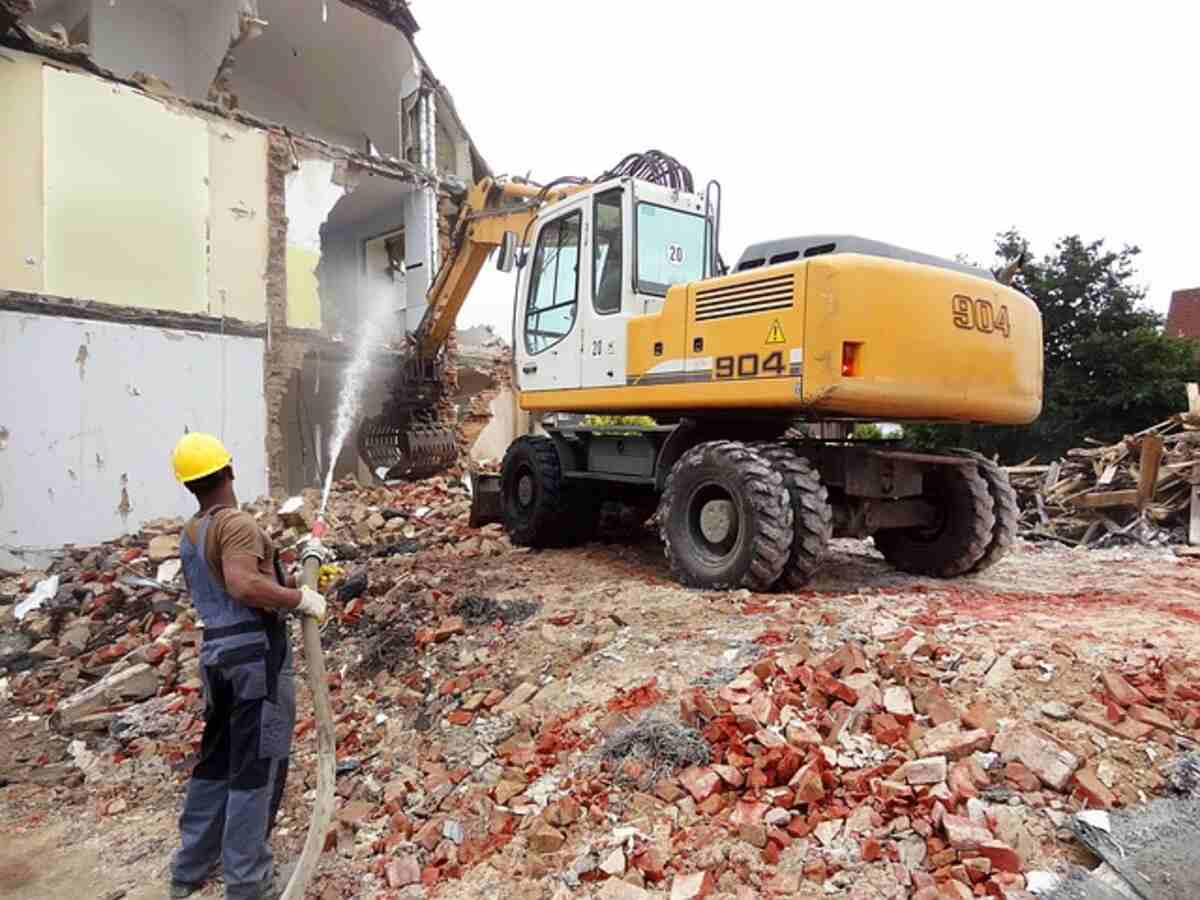
Hey there! If you’re curious about how to demolish a building in a way that’s kinder to our planet, you’ve come to the right place. In this guide, we’ll dive into eco-friendly demolition practices specifically in Corpus Christi. Whether you’re just interested or planning a project, this will help you understand the basics and give you some practical steps to follow. Find out the best info about demolition Corpus Christi.
Before we get started, let’s clarify what we mean by eco-friendly demolition. It’s all about tearing down structures in a way that minimizes harm to the environment. This means reducing waste, recycling materials, and ensuring that hazardous substances don’t pollute our beautiful Corpus Christi beaches and parks.
Eco-friendly demolition focuses on reducing the environmental footprint. This involves not just the careful dismantling of structures but also using methods that limit dust and noise pollution. By adopting these practices, we help preserve the natural beauty and biodiversity of Corpus Christi.
A significant aspect of eco-friendly demolition is the emphasis on reusing and recycling materials. Components such as bricks, wood, and metal can often be repurposed, reducing the need for new resources. This approach not only conserves resources but also reduces the amount of waste sent to landfills.
Handling hazardous materials safely is a crucial part of eco-friendly demolition. Materials like asbestos and lead require specialized removal techniques to prevent contamination. Ensuring these substances are managed correctly protects both the environment and public health.
So, why should we care about eco-friendly demolition? Great question! Here are a few reasons:
Traditional demolition can release harmful dust and debris into the air. Going green helps keep our air and water cleaner. By using dust suppression techniques and air filtration systems, we can significantly reduce airborne contaminants, safeguarding our health and the environment.
By recycling materials like concrete, steel, and wood, we can use them in new projects, saving resources. This conservation of materials reduces the need for new raw materials, lessening the strain on natural resources and leading to more sustainable construction practices.
Believe it or not, recycling can save money. You avoid disposal fees and may even earn cash by selling scrap materials. Furthermore, reusing materials can reduce the costs associated with purchasing new construction materials, making green demolition a financially savvy choice.
Corpus Christi, like many places, has regulations in place for sustainable practices. Following them can save you from hefty fines. Staying compliant not only avoids legal issues but also demonstrates a commitment to sustainability, which can enhance a company’s reputation and community standing.
In Corpus Christi, there are specific rules and regulations when it comes to demolition. It’s important to be aware of them to ensure your project runs smoothly and legally.
Before you swing that wrecking ball, you’ll need to get the right permits. This involves some paperwork, but it’s crucial for staying on the right side of the law. Contact the local city office to get started, and they can guide you through the process. Understanding the necessary documentation and timelines can help prevent delays and legal complications.
One of the key aspects of eco-friendly demolition is dealing with hazardous materials safely. Things like asbestos, lead-based paint, and other toxic substances need special handling and disposal procedures. Not only is this better for the environment, but it’s also essential for public health. Ensuring proper training and equipment for workers is critical for safe handling and compliance with local regulations.
Corpus Christi has specific waste management guidelines. The goal is to recycle or reuse as much as possible. For instance, concrete can be crushed and used for new roads. Wood and metal can be repurposed in various ways. Familiarizing yourself with local recycling facilities and procedures can streamline the demolition process and maximize material recovery.
Let’s break down the process into simple steps, so you know exactly what to expect.
Planning is everything! Before you start, have a clear idea of what you’ll do with the debris. Identify which materials can be salvaged and reused. Create a timeline and budget that accounts for eco-friendly practices. Engaging with professionals who specialize in sustainable demolition can provide valuable insights and ensure all aspects of the project align with green goals.
Instead of bulldozing the building, consider deconstruction. This method involves carefully dismantling the structure to preserve materials for reuse. It’s a bit more time-consuming, but worth it for the environment. Selecting skilled workers familiar with deconstruction techniques can enhance efficiency and material recovery.
Once the building is down, sort through the debris. Separate recyclable materials like wood, metal, and concrete. Set up bins or designated areas for each type of material to make recycling easier. Implementing a systematic approach to sorting can improve recycling rates and reduce contamination of materials.
For materials that can’t be recycled, ensure they’re disposed of safely. This includes hazardous waste, which should be handled by professionals. Check with local waste management services for guidance. Partnering with certified disposal companies guarantees that non-recyclable waste is managed by environmental laws.
After all the debris is cleared, focus on restoring the site. Plant trees, grass, or native plants to help the area recover. This not only beautifies the space but also helps the local ecosystem thrive. Implementing erosion control measures and enhancing soil health can further support the regeneration of natural habitats.
Let’s look at a couple of real-life examples of eco-friendly demolition in Corpus Christi.
A few years ago, an old warehouse in downtown Corpus Christi was scheduled for demolition. Instead of traditional methods, the developers chose eco-friendly practices. They managed to recycle 75% of the materials and used the reclaimed wood for new construction in the area. This project not only reduced landfill waste but also inspired other developers in the region to adopt similar practices.
A local school opted for deconstruction when renovating an outdated building. By doing so, they were able to donate usable materials to community projects and reduce landfill waste significantly. The initiative also provided educational opportunities for students to learn about sustainable practices and the importance of environmental stewardship.
A community center undergoing renovation chose a sustainable path by carefully planning the demolition phase. By involving local recycling facilities and emphasizing material reuse, they minimized environmental impact and set a precedent for future projects in Corpus Christi. This project showcased the economic and environmental benefits of eco-friendly demolition, encouraging more community-driven sustainability efforts.
Eco-friendly demolition might seem a bit overwhelming at first, but with the right planning and approach, it’s achievable. Plus, it’s a fantastic way to contribute positively to our environment while saving some bucks in the process. So, the next time you’re involved in a demolition project, remember these tips and go green!


